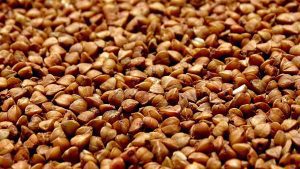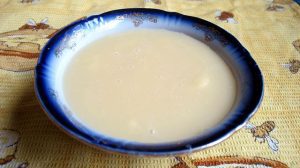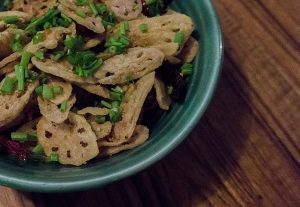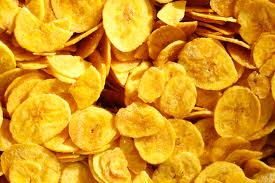Navratri, when broken into two words, means Nav (nine) and Ratri (night). It is an auspicious occasion where people fast for nine days as a tribute to goddess Durga. During this nine-day of fasting, sabudana, kuttu, Amaranth, and fruits are common foods that one can consume. With limited choices of food items, it often gets confusing as to what is allowed and what is not allowed. Here is a list of lesser-known ingredients for Navratri fasting.
Which vegetables can we eat in Navratri, can we eat khoya barfi during fast, and more such questions are answered below.
9 Surprising Ingredients You Can Consume During Navratri
Here we list 9 unique ingredients that are allowed during Navratri fasting. Let’s check out :
1. Kuttu Ka Dalia

Bored, of eating kuttu rotis or puris? Try having a bowl of kuttu ka dalia and thank us later. Made using buckwheat groats, this recipe is easy and quick to prepare, and will keep you full for longer.
2. Honey

Honey is an ideal substitute for refined sugar. It further helps in satisfying sugar cravings during fasting.
3. Arrowroot Powder
Yes, arrowroot powder is a permissible ingredient during vrats! It is a fine white color powder that appears similar to cornstarch. This ingredient acts as a binding agent while preparing fast-friendly recipes, such as sabudana vadas or farali pattice. You can also use this as a base for frying chips and more.
4. Condensed Milk

Apart from curd, milk, and paneer, condensed milk is another dairy product you can use during fasting. You can prepare recipes, such as kalakand barfi, kheer, and coconut laddoos, using condensed milk.
5. Khoya

Khoya is another ingredient you can use during Navratri. This ingredient can be added while preparing sweet recipes, including mawa coconut laddoo, lauki halwa, falahari mawa malpua, and others.
6. Lotus Stem

Did you know that you can snack on lotus stem, nadru or kamal kakdi during your Navratri fast? These are delicious and known for their nutritional value. To prepare a delicious recipe using Lotus stems, start by blanching them. After that, deep-fry these and season them with sendha namak, a pinch of black pepper, and a sprinkle of lemon juice. Delicious!
7. Yam
Yam, also known as Suran, is yet another versatile ingredient, allowed during Navratri. A few recipes you can prepare with this ingredient are sabji, chips, or patties.
8. Kachalu
If you are looking for a healthy alternative to potatoes, kachalu is a perfect substitute. Savor it as a kachalu sabji or fry these, we bet there is no stopping at a single bite. You can also prepare a kachalu chaat with these.
9. Raw Banana

Yes, you can have raw bananas too! Kele ki tikki or chips are a few delicious recipes you can try making during Navratri. Lip-smacking!
Frequently Asked Questions
1. What is the most healthy food item which you have during Navratri?
Sattvic meal is consumed during Navratri fasting. During this, one can have dry fruits, milk products, fruits, and vegetables along with flour such as rajgira, bhagar and singhara.
2. What things are prohibited during Navratri?
Food such as packaged foods, fried foods, fast foods and food prepared with onion and garlic are prohibited during the fast in Navratri.
3. Which vegetables can we not eat on Navratri?
Vegetables such as onion, garlic, mushroom, leeks, and shallots are not consumed during Navratri fast.
4. Is ginger allowed in fast?
Yes, one can consume ginger during Navratri fast.
5. Can we eat kalakand in fast?
One can consume dairy products such as curd, milk, condensed milk and paneer in fast. Hence, Kalakand can be consumed in Navratri.
Conclusion
Prepare tasty recipes during Navratri with the above list of lesser-known ingredients for Navratri fasting. The addition of these nine ingredients will help you create a variety of dishes during the nine days of Navratri fast.


